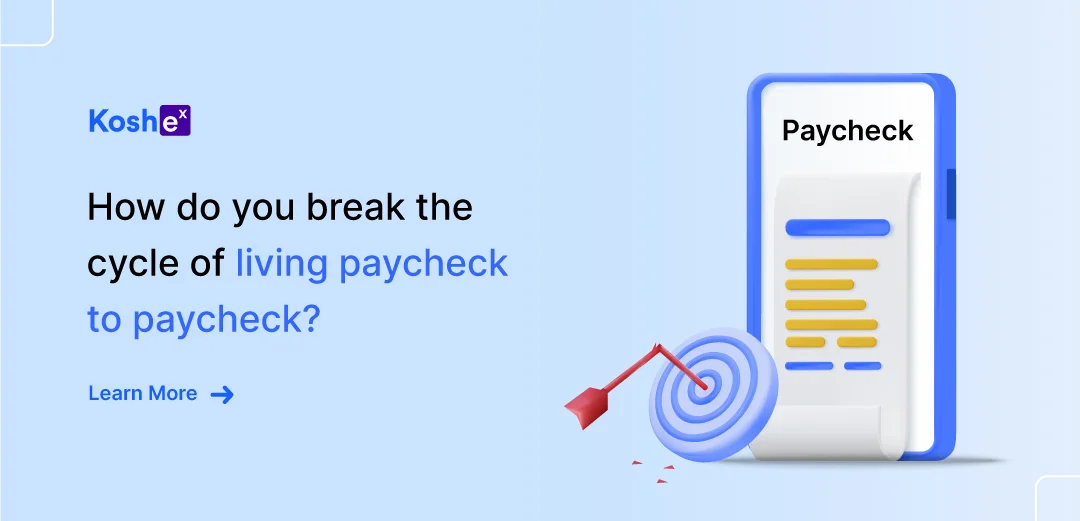Bad Debt and its Importance in Financial Management
Bad debt is the amount of money a business is unable to collect from its customers. It occurs when invoices or credit accounts remain unpaid for an extended period, causing financial losses.
Bad debt affects various aspects of a business, particularly its balance sheet and financial statements. When a customer fails to pay their debt, it creates a burden on the company’s finances and cash flow. To address this issue, businesses create an allowance for doubtful accounts, also known as a provision for bad debt.
Sign up with Koshex to get expert guidance in managing bad debt and optimizing your financial strategies.
Why Should Businesses Calculate the Provision for Bad Debt?
The provision for doubtful accounts is a reserve set aside by businesses to cover potential losses from bad debt. It acts as a precautionary measure to account for the possibility that some customers may not fulfill their payment obligations. This allowance is reflected on the balance sheet as a contra-asset, reducing the total accounts receivable.
As companies prepare their financial statements, they need to estimate the amount of bad debt that might occur during a specific period. This estimation allows them to adjust their provision for bad debt accordingly and ensure the accuracy of their financial reporting.
Understanding and calculating the provision for bad debt is essential for businesses to have a realistic view of their financial position. It helps them anticipate potential losses, maintain accurate financial records, and make informed business decisions.
By carefully managing bad debt and maintaining appropriate provisions, companies can safeguard their financial stability and protect their accounts receivable.
Methods of Calculating Bad Debt Provision
Calculating the provision for bad debt involves estimating the amount of potential losses from unpaid accounts receivable. Here are some commonly used methods:
Allowances method
To calculate the provision for bad debt, companies follow a specific procedure. They first estimate the amount of uncollectible or doubtful receivables based on their criteria. This estimation can be done using different methods, such as considering a percentage of sales or a percentage of receivables.
Once the estimated bad debt amount is determined, the company recognizes the bad debt expense before the debts become uncollectible. At the end of an accounting period, an adjusting entry is made to recognize the estimated bad debts expense.
This entry creates a provision account known as a “Provision for doubtful accounts”.
For example, consider this hypothetical entry:
Bad debts A/c …Dr ₹20,000
To Provision for doubtful debt ₹20,000
The Provision for doubtful debt is a contra-asset account, which means it is subtracted from the Accounts receivable (debtors) on the balance sheet. If the debtors’ value was initially ₹150,000 before recording the above entry, it will be shown as ₹130,000 after the entry is recorded.
Direct Written-off Method
In this method, bad debts are directly written off as they become uncollectible, without involving a contra-asset account like a “provision for doubtful debt.”
In essence, when a specific debt is deemed uncollectible, it is directly removed from the accounts receivable. This method is commonly used for smaller amounts where the impact on financial statements is minimal.
It is important to note that the direct write-off method may not be suitable for large amounts of bad debt. For significant losses, the allowance method is more appropriate, which involves creating a provision for bad debt.
Example and Case Study of Businesses Dealing with Bad Debt
To gain a practical understanding of bad debt and the calculation of provision, consider these examples of businesses dealing with the challenge.
Case Study 1: KingFisher Airlines
Kingfisher Airlines was an Indian airline founded by Vijay Mallya. It faced financial troubles due to high levels of debt and operational issues. The company failed to repay its loans and its outstanding debt accumulated over time, leading to a severe financial crisis. The banks accounted for these losses by recording provisions for bad debt which was later on converted into bad debt.
Kingfisher Airlines was eventually grounded in 2012, and its assets were seized by banks to recover the outstanding debt.
Case Study 2: Reliance Communications
Reliance Communications (RCom), a telecom company founded by Anil Ambani, faced significant challenges related to bad debt. The company had a high debt burden due to intense competition in the telecom sector and aggressive expansion plans. RCom struggled to repay its debts and ultimately filed for bankruptcy in 2019. The banks made a provision for bad debt after the company failed to repay its borrowings after 90 days and which later converted into bad debts.
The company’s assets were sold through the insolvency resolution process, and the proceeds were used to repay the creditors.
Example 1: A Retail Store
XYZ Retail Store extends credit to its customers, allowing them to make purchases on account. Over time, XYZ realizes that some customers are unable to pay their outstanding balances.
To account for potential losses, XYZ estimates a provision for bad debt based on historical data and industry averages. This provision is recorded as an expense on the income statement and reduces the value of accounts receivable on the balance sheet.
This approach helps XYZ maintain accurate financial records and prepares them for potential losses.
Case Study: DEF Services Agency
DEF Services Agency operates in the service industry, offering various professional services to clients. Due to the nature of their business, DEF faces the risk of clients not fulfilling their payment obligations.
DEF adopts the allowance method to estimate and account for potential bad debts. By analyzing historical payment patterns, they calculate a provision for doubtful accounts. This provision is recorded as an expense, reducing net income, and creates a provision for doubtful accounts as a contra-asset on the balance sheet.
DEF’s financial statements accurately reflect the potential risks associated with their accounts receivable.
Companies need to evaluate their specific circumstances, industry trends, and historical data to determine the most suitable method for calculating provisions. This helps them mitigate the impact of bad debt on their financial stability and ensure accurate reporting.
Conclusion
Understanding bad debt and its calculation of provisions is crucial for businesses to manage their accounts receivable effectively. By recognizing the significance of bad debt and implementing appropriate methods, companies can maintain a healthy balance sheet.
Whether using the allowances method or the direct write-off method, businesses need to assess their specific circumstances and choose the approach that suits their needs. Establishing a provision for bad debt allows companies to anticipate potential losses and accurately reflect them in their financial statements.
Real-life examples and case studies provide practical insights into how businesses deal with bad debt. XYZ Retail Store and DEF Services Agency showcase the application of provisions and their impact on financial reporting. Learning from these scenarios can help companies navigate similar challenges and optimize their financial strategies.
To further enhance your understanding and gain expert guidance in managing bad debt, sign up with Koshex. Our team of professionals can assist you in implementing effective strategies and protecting your financial stability.
Frequently Asked Questions (FAQs)
Q1. Why is the provision for bad debt important in financial management?
Ans. The provision for bad debt serves as a precautionary measure to account for potential losses from unpaid accounts receivable. Understanding its significance helps businesses maintain accurate financial records and make informed decisions.
Q2. How does the provision for bad debt impact a company’s balance sheet?
Ans. The provision for bad debt is reflected on the balance sheet as a contra-asset, reducing the total accounts receivable. This adjustment helps businesses accurately represent the potential risks associated with outstanding customer debts.
Q3. How can a company determine the appropriate percentage or amount to allocate for the provision of bad debt?
Ans. Determining the provision percentage or amount often depends on factors like industry norms, historical data, and the company’s risk assessment. Companies may also consult financial experts or utilize industry benchmarks to arrive at an appropriate estimation.









Leave a Comment